Comprehensive Equine Dental Services
Providing equine dental services throughout the North West of England
Latest Techniques
Innovative Tech
Certified Experts
External Assessment
Before even looking into the mouth I like to evaluate the horses head should be evaluated for symmetry. I will check for bumps or protuberances, which may give clues to dental problems. I look at and feel the temporalis (forehead) and masseter (cheek) muscles if these are asymmetrical, prominent or show sensitivity this can indicate dental problems.
External Assessment
I also look at and feel the temporomandibular joints (TMJ lies between the eye and base of the ear and is where the jaw connects to the skull). If these are uneven or the horse shows sensitivity this can indicate dental problems. Also by touching the cheeks at the level of the cheek teeth. Sensitivity can indicate sharp teeth and ulceration.
Checking Incisors
I will then examine the incisor teeth for shape and symmetry and signs of wear. In young horses/ponies between the age of 2.5 and 4.5 years the deciduous (milk) teeth are being shed and these should be removed if they become trapped. I will look at the lips for scars, ulcers or bit injuries in the corners.
Internal Assessment
At this point of the treatment I put the speculum (gag) on and check all four arcades of teeth. (an arcade is a row of teeth horses have two upper and two lower arcades) If the horse is young or nervous I will open and close the gag to get them used to it, until they feel relaxed. I will be assessing the horse’s teeth for sharpness on the lingual edge of the lower arcades (edge nearest tongue) and buccal edge of the upper arcades (edge nearest cheeks).
Internal Assessment
Also check all arcades for any ATR’s, (ridges across table surface of arcades) any hooks or ramps, and any other dental abnormalities.
I will also check the horse has any wolf teeth, or in younger horses check for any deciduous caps (baby teeth), as they may need to be removed to allow the permanent tooth to fully erupt.
Float first two upper premolars
At this stage I normally will remove the gag in order to float the first two upper premolars on both upper arcades to remove the sharp buccal edge. This tends to help relax the horse, especially if they are already a little nervous. Generally the horse will realise what I have done and feel more comfortable with me floating the rest of the teeth with the gag on.
Upper Arcades
With the speculum back on on I will now loat the upper arcades. I concentrate on the buccal (cheek side) edges of the teeth, I will also remove any hooks (hooks appear on either the first upper premolar or the last upper molar) which may have developed. Some work may necessary on the table surface of the teeth, such as if the horse has developed ATR’s (ridges) across the arcade.
Lower Arcades
On the lower arcades I concentrate on the lingual (tongue side) edges of the teeth to remove the sharp edges. I will also at this stage remove any ramps from either the first lower premolar or more commonly the last lower molar. Ramps are often found on the last lower molar when there are hooks present on the first upper premolar. Again as with the upper arcades some work may be necessary on the table surface of the teeth to remove any ATR’s. It is important, however, that I maintain the correct surface angle of the teeth.
Upper 11’s
The upper 11’s refers to the last molar tooth on both the upper arcades, they are situated right up near the horses eye. They tend to be the most diffucult teeth to float but is very important they are not missed as there is very little space right at the back of the mouth, and the cheeks are very close to the tooth so if they are left sharp it is extremely painful for the horse. I have a special flat slim float especially made to fit right to the back of the mouth.
Final check and rinse out
Finally, I check that the alignment is ok and the angle is acceptable on the incisors. I will rinse the mouth out to get rid of any bits of enamel left in the mouth. I will also check side to side, front and back movement of the jaw and occlusion before I leave the horse. I also like to see the horse eat before I leave. A full mouth evaluation chart is then drawn up by myself for both mine and the owners records.

